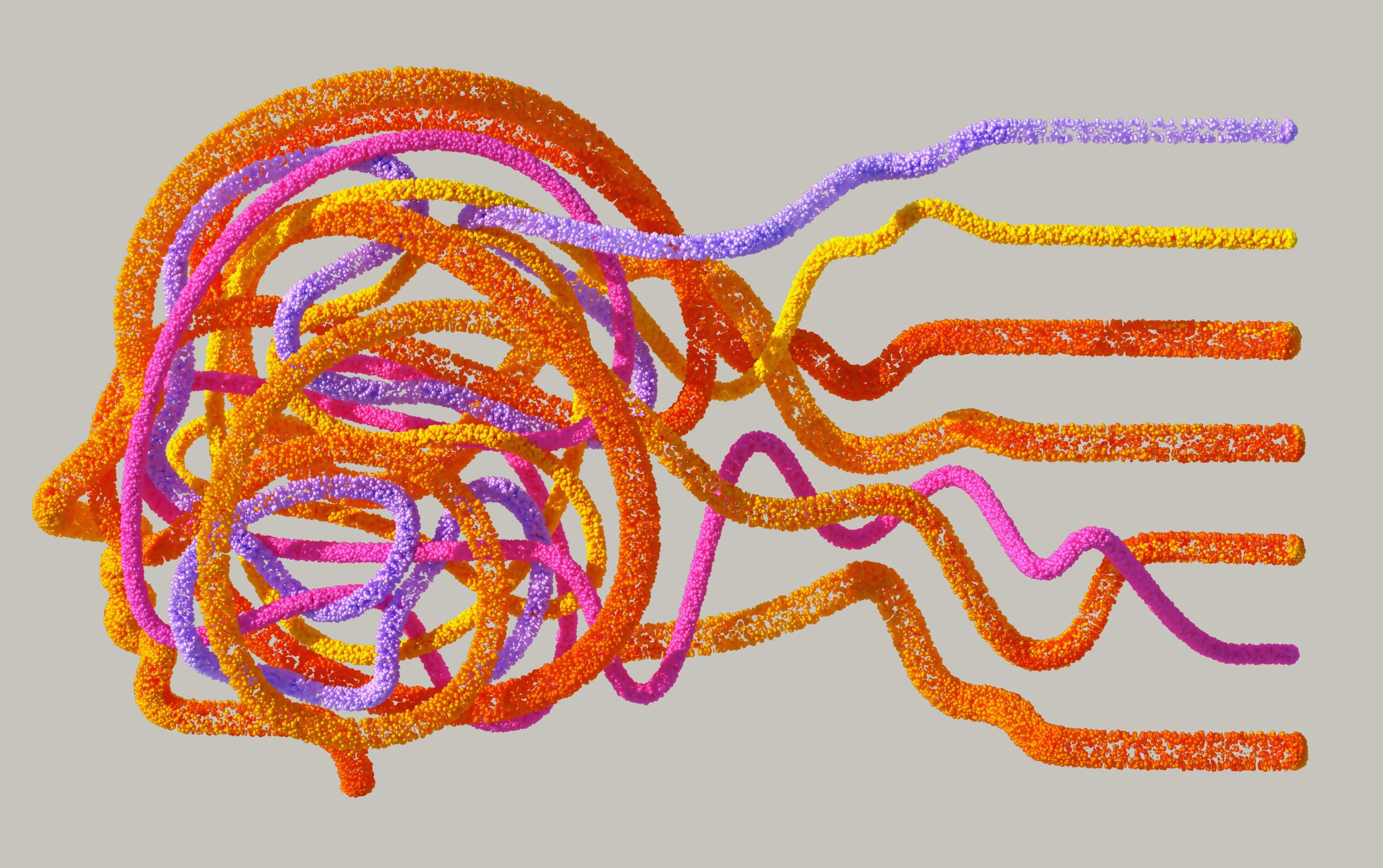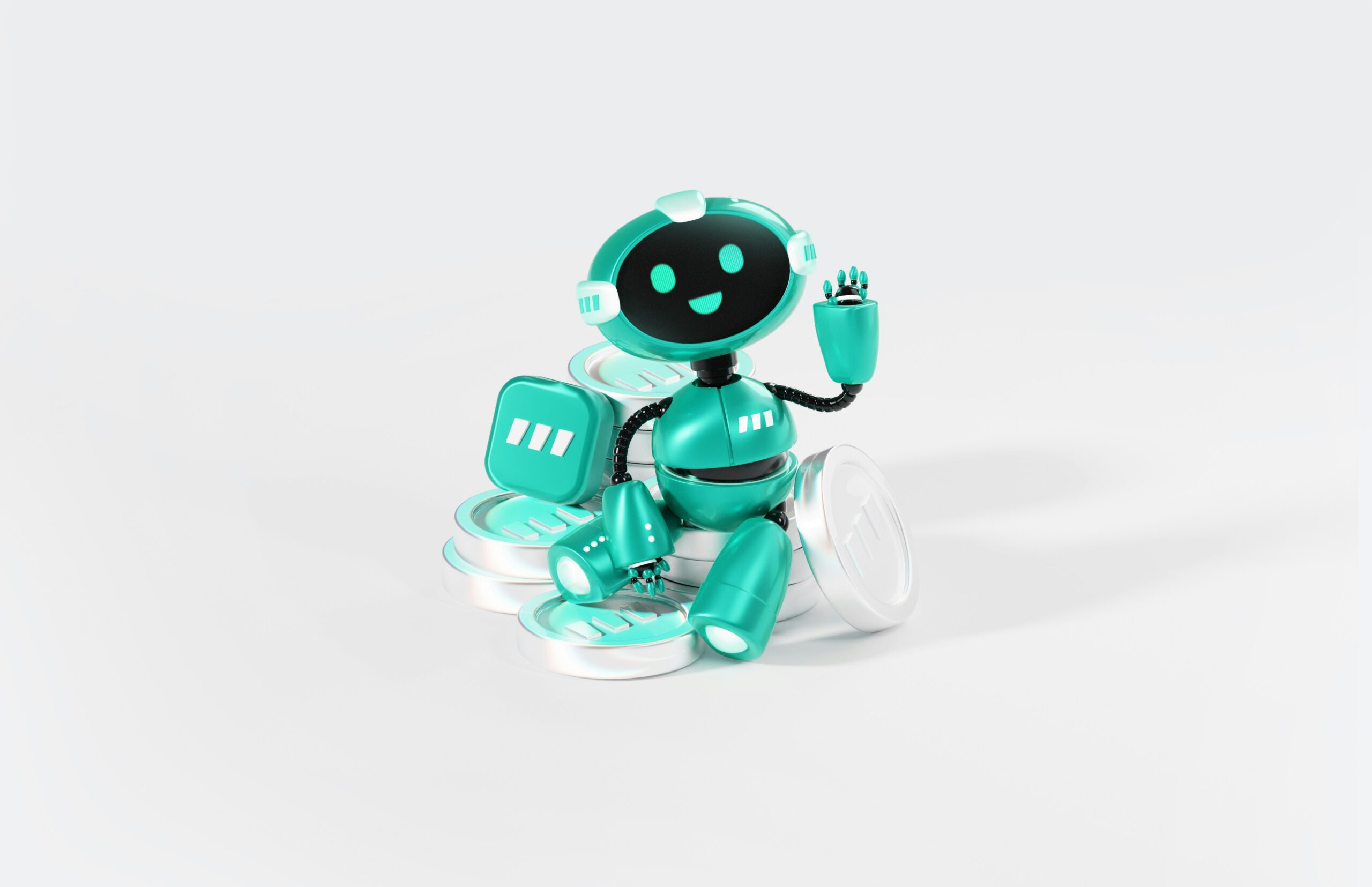AI technology is indeed remarkable, but it’s not perfect. It’s meant to mimic human detection, yes, but it doesn’t really perform all that well without human intervention. No matter how seemingly amazing AI technology is, it is not without faults, and that’s what we’ll discuss in this blog. If artificial intelligence is modeled after human intelligence and the mind, and the human mind can sometimes hallucinate, it might just be by design that AI can hallucinate too.

What Does AI Hallucination Mean?
There have been multiple instances when AI has generated outputs that were proven to be false, and while some of these non-factoids have been addressed and resolved, it goes to show that anything written by AI should be scrutinized, never taken at face value, and always researched.
There are many societal implications and consequences to this phenomenon. After all, artificial intelligence is used for more than just generating text. Artificial intelligence aids industries like healthcare, where medical data is highly sensitive and a misdiagnosis can mean life or death. Of course, there’s also the risk of the spread of misinformation, and this can be potentially harmful on both micro and macro scales. It’s one thing for a singular person’s reputation to be on the line based on AI-generated misinformation and another for AI news outlets to share fake news that could cause emergencies and unnecessary panic, especially when it hasn’t been fact-checked.

How Does AI Work?
Subsets of Artificial Intelligence

Machine Learning
For more information on artificial intelligence and machine learning, check out our past blog: “Machine Learning Applied In The Real World”.

Neural Networks

Natural Language Processing

Game Playing

Why and How Can Artificial Intelligence Make Things Up?
An article by the University of Cambridge, PTI, published in The Economic Times calls the phenomenon of AI systems generating information that is seemingly plausible but is inaccurate and misleading have been dubbed by scientists as AI hallucination. The risk in this behavior not only occurs in AI chatbots like ChatGPT, but it can also scarily happen to autonomous vehicles.
There are about 400 million users of Chat GPT weekly, which is almost 5% of the global population susceptible to false information caused by AI hallucinations. The Economic Times article shared an instance that happened in a 2023 court case in New York where an attorney submitted a legal brief that was written with ChatGPT, and the judge noticed that the brief contained a cited case that was completely made up by the AI chatbot. Had the discerning judge not noticed or detected this false piece of information, the outcome of that courtroom might have reflected the judicial system wrongly.
AI hallucinations can also occur in image recognition. It can generate a completely wrong caption that does not reflect the provided image. An AI hallucination can happen when an AI system doesn’t quite understand what it’s being asked of or simply does not have the data or information to answer it.
AI hallucinations may not be inherently bad, especially when certain systems are prompted with creative tasks like writing a story, poem, or song. In the context of providing facts through prompted questions, it can be especially harmful to take what AI generates at face value when the risk of AI hallucinations is present, because we expect accuracy and reliability.
So what’s the fix here? Well, it all comes down to the training data being used to make AI systems better. AI hallucinations can potentially be fixed by using high-quality data and creating limits and guidelines for AI responses. AI researchers are scientists who also commonly advocate for more diversity in the AI training departments so that these systems don’t become biased. Learn more by listening to past episodes of The AI Purity Podcast! Episode 12 featuring Zhijing Jin discusses the safety of AI tools and “NLP for social good”, while Episode 9 featuring Dr. Vered Shwartz discusses how to prevent algorithmic bias and inclusive AI models.

Why An AI Content Detector Is Needed Now More Than Ever
When using AI text generators, at AI Purity, we always advocate for the safe and ethical use of AI tools. This means doing your secondary research, never taking what AI generates at face value, and never taking what AI generates as your work or plagiarizing. It’s important to understand that most of the training data fed to AI systems is works of art by humans, and to use anything AI generates can be categorized as an infringement of intellectual property when cited incorrectly. With AI hallucinations possible, using an AI detector can save you from potentially taking in misinformation as fact.
Using discernment is important when using any type of technology, especially for machines that mimic human intelligence. Just because AI can generate answers in mere seconds doesn’t always mean that it’s correct and based on factual evidence. When you use an AI text generator and immediately check its response with an AI detector, you are taking that extra responsible step to double-check what it generates. You can also do this for any online article or blog you come across. Double-checking with the help of an AI detector can help combat AI hallucinations because you are not simply taking what you’re reading immediately as a fact, but researching and practicing discernment as a responsible online content consumer.
There are many more dangers that artificial intelligence poses; to learn more and take necessary precautions, read our past blog, “Dangers of AI You’ve Got To Know Today!”.

Choose AI Purity!
We offer 3 packages and tiers so you can get the best out of our premium tool and enjoy features like color-coded highlights telling you which parts of the text are AI-generated, human-written, or a combination of both. You can also enjoy uploading multiple texts at once and get PDF files containing valuable data like similarity and readability scores.
Get ahead of the crowd and get on to our latest technology and experience reliability and accuracy like no other platform offers!
